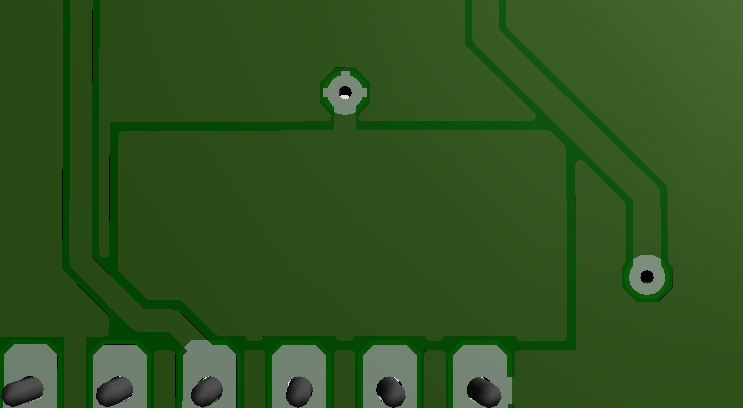Hello,
I would be grateful if someone could give me a clarification to figure 8 in SLAA322B.
http://www.ti.com/lit/an/slaa322b/slaa322b.pdf
In the right PCB layout: Is red copper top and blue copper bottom?
If blue is a "GND island isolated by a gap from the rest of the GND" should that GND island be connected to the rest of the GND just at AVSS1 (MSP430F5359)?
At the moment I just have a ground plane on copper bottom which also covers the crystal area (no gap isolating the ground plane under the crystal). Is that a problem? Wouldn't a isolated ground plane produce a lot of EMI?
Best Regards
Kalle Ohlsson







